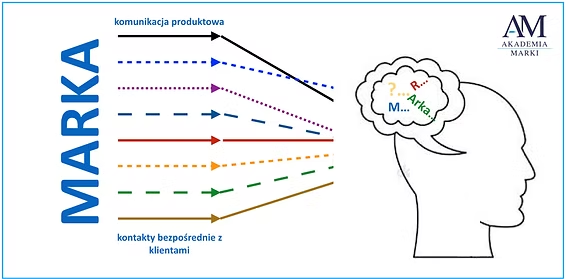
This is what branding looks like for many brands today! How can we change that?
Branding refers to the process of building brand awareness and associations with its distinctive elements, such as name, logo, color, slogan, but also with specific emotions and situations.
In the 1990s, this process was much simpler because most brands were single-product brands (e.g., detergents, beer) or offered products only within their area of expertise (Knorr, Colgate) or operated in a single market (Tchibo coffee). Additionally, there were far fewer communication channels, and the forms of messaging were well-defined and familiar for years (TV, print, radio, and billboard ads).
As a result, it was much easier to maintain brand consistency and uniqueness in the market.
However, over the years, this process has become increasingly complex. Brands are expanding their product portfolios, entering new markets, and introducing innovations, while at the same time, new communication channels and formats have emerged (e.g., social media fan pages).
Consequently, the number of marketing messages and consumer touchpoints generated by individual brands has grown exponentially.
Failing to use the right tools for strategic brand management leads to situations like the one shown in the image above. Despite significant investments and extensive efforts, consumers retain very little about the brand in their minds.
For this reason, at the beginning of the new millennium, marketers began using a strategic brand management tool—BRAND IDENTITY.
Using this tool should result in an outcome similar to the image below.
If you want to learn how to apply this tool effectively in practice, join my training:
📌 “How to Successfully Manage a Brand in the 21st Century?”
Here’s how branding can look when applying the right brand management tool—BRAND IDENTITY.


